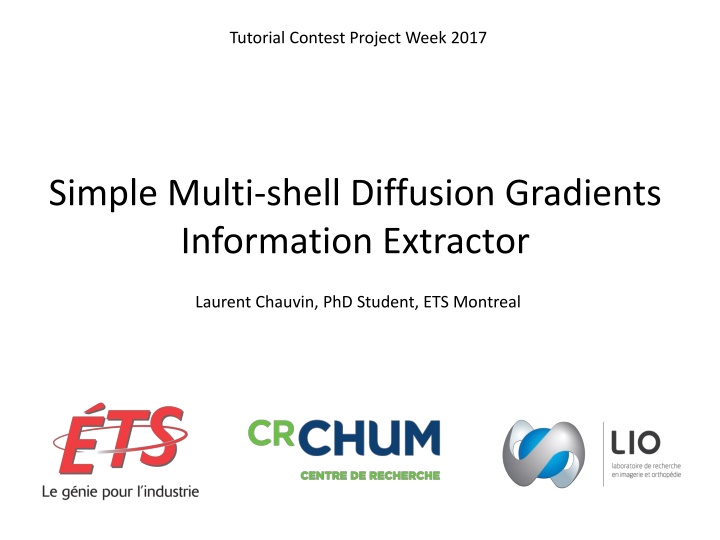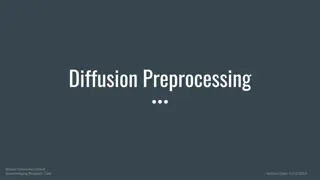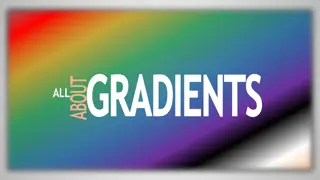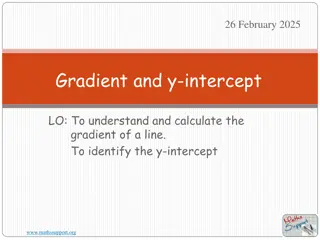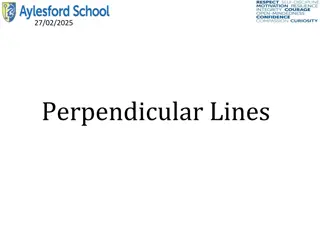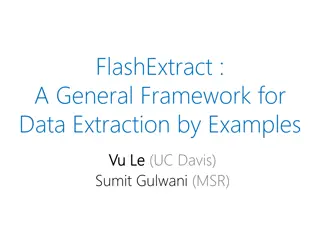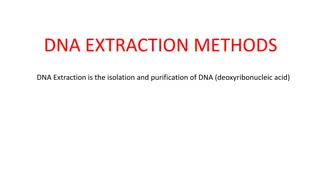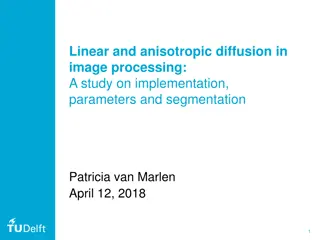Simple Gradient Information Extraction for Diffusion Gradients
Extract gradient information easily with a Python script for multi-shell diffusion gradients. View, analyze, and process gradient vectors in NIfTI file format with commands like info, symmetry, print, and show.
Download Presentation

Please find below an Image/Link to download the presentation.
The content on the website is provided AS IS for your information and personal use only. It may not be sold, licensed, or shared on other websites without obtaining consent from the author.If you encounter any issues during the download, it is possible that the publisher has removed the file from their server.
You are allowed to download the files provided on this website for personal or commercial use, subject to the condition that they are used lawfully. All files are the property of their respective owners.
The content on the website is provided AS IS for your information and personal use only. It may not be sold, licensed, or shared on other websites without obtaining consent from the author.
E N D
Presentation Transcript
Tutorial Contest Project Week 2017 Simple Multi-shell Diffusion Gradients Information Extractor Laurent Chauvin, PhD Student, ETS Montreal
Presentation Simple Python script parsing multi-shell sensitizing gradients information from nifti file format (separated bvecs, bvals files)
Presentation Several commands: help : Display the help message info : Print information about the number of gradients in each shell symmetry : Find symmetrical gradients (given a certain error) with similar b-values print : Print all gradient vectors (or a single one if specified with option bvec #bvec_id) show : Display a graphical representation of the gradient vector distribution
Info Command Info command will print information about the number of gradient vectors within each shell
Symmetry Command Symmetry command will ask users to provide an error range for the dot product and output all symmetrical gradient vectors within this range and within the same shell
Print Command If command specfied with bvec option, followed by gradient vectors id, such as bvec 22 for example, only the information about this specific vector
Print Command Or we could output information about all gradient vectors without specifying a bvec option
Show Command Show command will ask users which shell they want to visualize and then provide a graphical representation of the vector distribution of that shell b = 0 b = 1000 b = 2000 b = 3000 b = 1000
